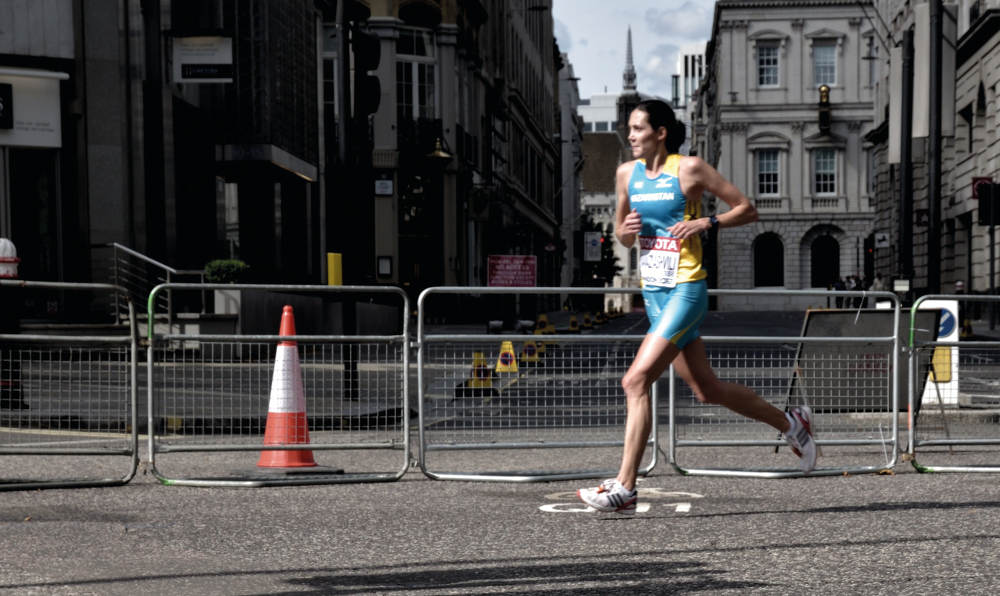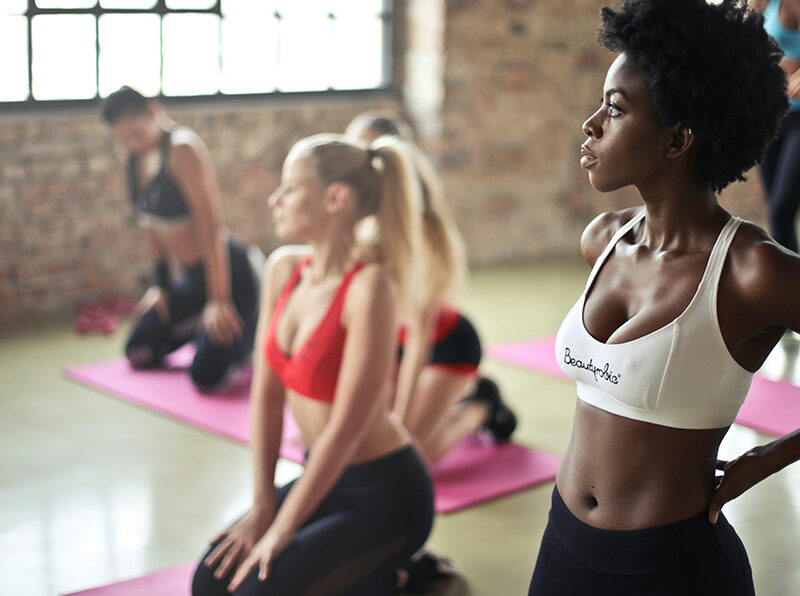
Summer Of Sport
We talk to the professionals about how to avoid sports injuries this summer
With the coming warmer weather it becomes all the more tempting to head outside and embrace the season with a new sporting hobby. However, our winter-weary bodies may not be used to the exercise and this makes us injury prone.
The two reasons for sports injury are trauma – sudden and immediate, and typically caused by falls, and overuse – injuries that develop over time and when our bodies are pushed beyond our physical limits. This kind of injury can be associated with repeated stress, poor technique and training issues such as the wrong shoe, inadequate warmups or lazy stretches.
But as Claire Speer, physiotherapy manager at Parkside Hospital, points out: “Injury can occur in any sport but for most people, the benefit to physical and mental health from exercising outweighs the risk of injury.” And there is plenty we can do to prevent it…
How To Spot Common Injuries
According to physiotherapy manager at New Victoria Physiotherapy, Chinyelu Obi, sports like football, rugby and basketball cause the most injuries, “as you have sudden periods of acceleration and deceleration, requiring quick changes in direction. Swimming causes the least injuries as there are no impact forces on the body.”
Strains and sprains are some of the most common injuries, particularly among runners. Paul Hamilton, consultant orthopaedic surgeon at Spire St Anthony’s Hospital points out that: “the majority improve over a few days, but inability to bear weight or failure to resolve may indicate a more severe sprain and advice should be sought.”
According to Paul, a hamstring strain is the most common muscle pull, and happens when a sudden, severe force is applied to the muscle and the fibres are stretched beyond their capacity. “A hamstring muscle pull can be identified as pain in the back of the thigh and some swelling or bruising,” he adds.
Knee injuries are also common and occur when playing a high-impact sport. The knee is made up of muscles, cartilage and ligaments that make it a complicated joint and prone to dislocation, ligament tears and fractures. Tennis elbow is another typical injury – and not just among avid tennis players.
Tennis elbow comes about due to repetitive activity, similar to shin splints and plantar fasciitis, where muscles and tendons become inflammed.
Ways To Prevent Injury
To enjoy an injury-free summer, there are simple things you can do before taking up a new sport. Firstly, be realistic, set attainable goals and know what works for your body. According to Claire, it’s crucial to focus on gradual improvement: “It is important to gradually build up your time and frequency of activity over the summer months, that way you should reap the rewards without putting yourself at too much risk.”
Chinyelu adds that, “poor training is the most common cause of all injuries.” Make sure you start with a warm up made up of light exercises or easy stretches that limber up the body, but be careful. Overtraining can also contribute to injuries. Claire suggests considering lessons: “This will ensure your technique is not putting you at risk.”
Avoid repetition that can cause overuse injuries. With sports such as running, it is key that your muscles build up memory, but training too much can have an impact on the joints and bones. Try cross training exercises that keep up fitness but allow for distribution of exercise across the entirety of your body. Claire also points out that some people find sports massages useful for recovery: “This works by helping increase blood flow to the muscles and encouraging the lymphatic system to help the body rid itself of lactic acid.” Finally, take days off from exercise to allow adequate time for recovery, combined with a balanced diet and sleep.
Top Tips
Injuries typically resolve within 48 hours, but Paul warns that, “when injuries remain, they should be addressed quickly to prevent them from becoming chronic.” If you’ve incurred an injury, the immediate reaction is protection, rest, ice, compression and elevation. “Then, with guidance from a physiotherapist, begin a range of motion exercises and progress gradually to strengthening and balance exercises, returning to the sport when rehabilitation goals are achieved.”
Shockwave therapy (ESWT) is a unique treatment that helps runners with ongoing injuries. Chinyelu says: “It uses acoustic waves to target pain and damaged tissue, promoting regeneration and repair of bones, tendons and muscles.” It is non-invasive and can be used in the treatment of both chronic achilles tendinopathy and plantar fasciitis, and alongside with physiotherapy.






